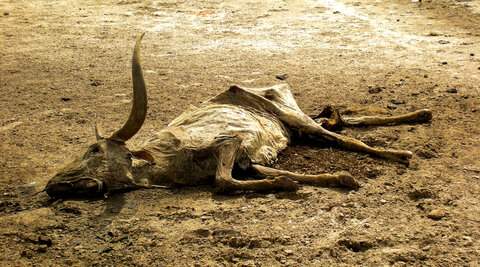How did people manage when tsetse were not controlled?

Prior to the development of trypanocidal drugs insecticides, traps and synthetic attractants, traditional livestock owners in Africa suffered heavy cattle mortality and loss of productivity, and faced difficulties in making use of large areas of grazing land. Trypanosomiasis also acted as a brake on the spread of draught animal power technologies, that had the potential to increase food production and relieve drudgery. In addition, in some areas human sleeping sickness was endemic. All these factors were profound constraints on people’s ability to improve their livelihoods, as they remain today in many areas where effective and sustainable tsetse control has not been implemented.
Livestock-owners had, however, developed some methods of reducing the probability of tsetse biting their cattle. These methods are still in use in some parts of Africa today.
Avoidance
One of the most common methods is to avoid grazing areas where tsetse are abundant. This can take the form of concentrating cattle in highland areas (ie, great than 1500-2000 m) where tsetse populations do not persist, or in habitats where they are less abundant. Ford (1971) provides many examples where the distribution of people and cattle has been influenced by a desire to avoid tsetse.
Farmers in Somalia for instance keep their camels and cattle away from the forest along the Shebelle river where tsetse are abundant. However, this river provides an important watering point, especially during the dry season. Consequently, farmers keep their camels away from the riverine during the day, when tsetse are active, but then enter it at night, when tsetse are inactive, to water their animals.
Woodsmoke
Farmers across the world use woodsmoke to reduce the numbers of flies around their cattle. Dairy farmers for instance use it to repel the flies that disturb cows as they are being milked. In tsetse-infested areas, many farmers report that it repels tsetse. Tests undertaken in Zimbabwe have shown that woodsmoke halves the number of tsetse biting cattle. The smoke produced by wood and dung seems to be equally effective.
Repellents
In Somalia, pastoralists reported that they used rancid butter and camel fat to repel tsetse. However, preliminary tests that we undertook in Somalia did not show that these natural products had any effect. There may be some truth in this however, since we know that fatty acids such as butyric and valerics acids - components of rancid butter- can reduce the catches of tsetse in a trap. Nonetheless, to date there is no good evidence that these chemicals can be used to reduce the numbers of tsetse biting cattle (Torr et al., 1996).
Physical barriers
While clearly not being a traditional method, farmers in the coastal regions of East Africa use netting to prevent tsetse from entering the cattle boma. This method is only effective for owners of zero-grazed cattle.